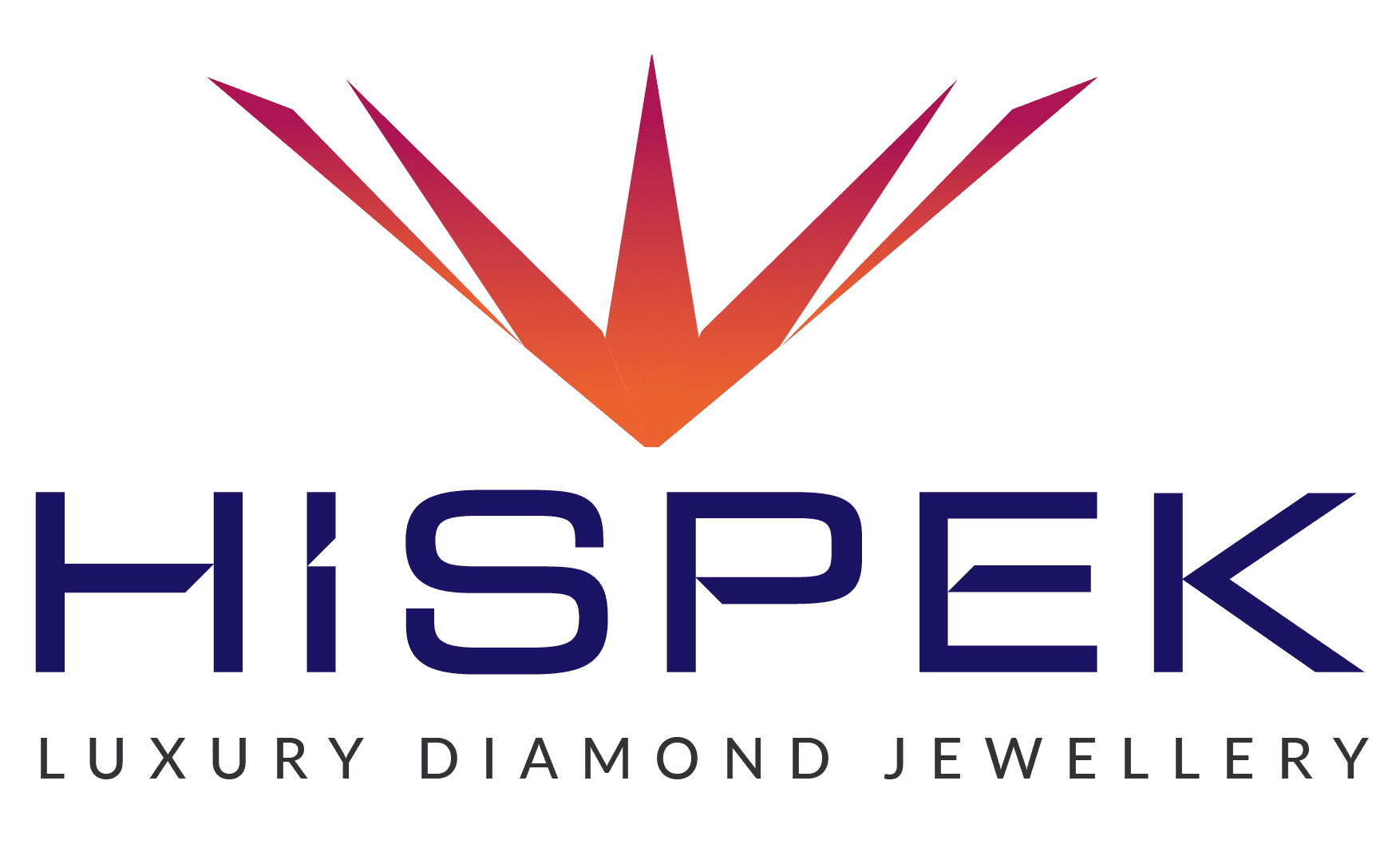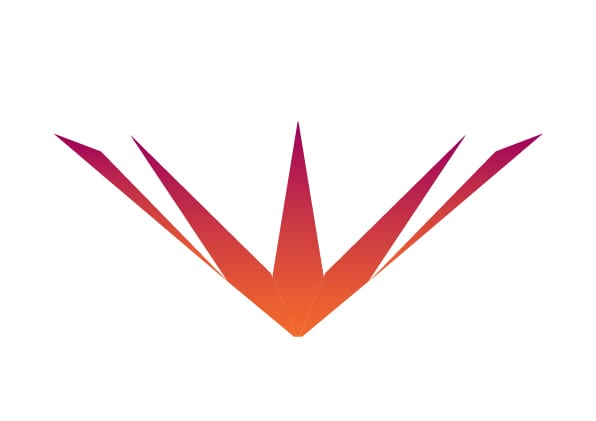Shopping for diamond jewellery can be an overwhelming task. With so many different retailers, designs, specifications and preferences, it can be easy to end up overpaying or ending up with something that’s not quite right for you. In this blog, we give our expert buying tips, and highlight some common mistakes to avoid
All about the 4Cs- Cut, Colour, Carat, Clarity
The 4Cs system was developed as a way of assessing and communicating diamond quality as a universal standard. A diamond is ultimately determined by its Cut, Colour, Clarity and Carat weight.
Cut: The cut of a diamond is arguably the most important of the 4Cs as it has the greatest influence on a diamond’s sparkle. Although the proportions and facets of the diamond are mostly determined by the original rough, the cut refers to how the diamond is crafted to give it a unique beauty and shine. This is where our expert craftspeople make their mark. When shopping for a diamond, pay attention to the cut grade, which varies from Excellent to Poor. This will most likely determine the price-point, which ultimately depends on your budget.
Colour: With regards to diamond colour, less is more. Diamonds can be found in a range of different colours including yellow and pink, and it is almost impossible to find a completely colourless diamond. However, the GIA colour scale should make things clearer. Diamonds range from D (colourless) to Z (light yellow/brown) and diamond colour is more noticeable in larger diamonds, so it is important to find a healthy balance between colour and size. The metal colour is also worth considering. For example, an almost colourless diamond will really stand out in a platinum or white gold band.
Carat Weight: There are two key points with regards to diamond carat. Firstly, carat refers to weight, not size. Secondly, it shouldn’t be confused with gold’s ‘Karat’, which refers to purity. It is important to understand that a high carat diamond is not always the best choice, because the cut also plays a part. A smaller, well-cut diamond can appear larger than a poorly cut, high-carat diamond. To make things simple, here are a few of our expert tips:
- Carat has a strong correlation with price. To save money, try buying ‘just below’ a round figure. For example, go for 0.9Ct rather than 1Ct.
- Find a balance between cut and carat. We would suggest that cut is more important, but it is ultimately up to you.
- Think about the band. The choice of precious metal, as well as the shape of the band, have an important effect on how the diamond appears. Make sure the band complements the diamond you choose.
Clarity: A diamond’s clarity refers to the presence of naturally occurring blemishes and inclusions. A blemish is a surface flaw, whilst an inclusion is an internal defect. These types of imperfections are often difficult to see with the naked eye and compromising on clarity is potentially a way to save on price. There are eleven clarity grades ranging from flawless to included. We would suggest that SI and VS diamonds provide the best value. These are known as ‘eye-clean’ diamonds, so their inclusions cannot be seen without magnification which makes them look flawless to the naked eye.
When shopping around in most high street stores, remember to pay attention to the 4Cs. Popular stores often sell high carat, lower quality diamonds. Don’t simply go for the biggest diamond you can find, remember there are other factors to consider.
Our Top Tips:
Ring Buying Guide:
Our Top Tips:
1) Pay attention to the 4Cs: Cut, Colour, Clarity and Carat.
Diamonds are classified according to the 4Cs, which will ultimately determine how a diamond looks and how much it costs. It is important that you become familiar with these before you commit to buying a diamond ring.
2) Buy what you like:
Having said that, the 4Cs aren’t everything. It is much more important to focus on how a diamond looks to you rather than what its specifications are. Use the 4Cs as a guide and pay attention to some of our other buying tips, but ultimately the decision is yours to make.
3) Find a balance between Cut vs Carat Weight:
If you are looking for the best value, it is often a good idea to focus on cut rather than sheer carat weight. A well-cut diamond is often far more appealing that a larger, poorly cut diamond. See our 4Cs guide for more information on how cut affects a diamond’s appearance.
4) Have a look at fancy-shaped diamonds:
Round diamonds can be more expensive because they must conform to GIA cut parameters, whilst this is not the case for other shapes. At Hispek Diamonds we still maintain our own lofty standards, but these are determined by our own craftspeople rather than the GIA.
5) Check for certification:
At Hispek Diamonds, all of our diamonds are independently certified, which means that you are buying an authentic, conflict-free product. Remember to verify that your product is authentic before purchase.
Diamond Shapes:
Round, Princess, Emerald, Asscher, Marquise, Oval, Radiant, Pear, Heart, Cushion
Our bespoke consultancy services:
Here at Hispek Diamonds, we will be with you through every step of the buying process. Firstly, we will hold an initial consultation to get a better understand of what you’re after. Buying diamond jewellery is an extremely personal choice, and we believe that building a genuine relationship with the customer gives us the best chance of success.
You can visit any of our UK-based locations listed below:
North London- Edgware
Midlands- Leicester
Northern- Dewsbury, Yorkshire
Alternatively, you can use our online ring builder tool. Click here to give it a try
Following our initial consultation, we provide 24/7 support through WhatsApp, Email and over the phone, where we discuss any additional considerations such as sizing, design, lab-grown vs natural etc.
Our personalised customer service is unrivalled. To get in touch with a business advisor, see below:





